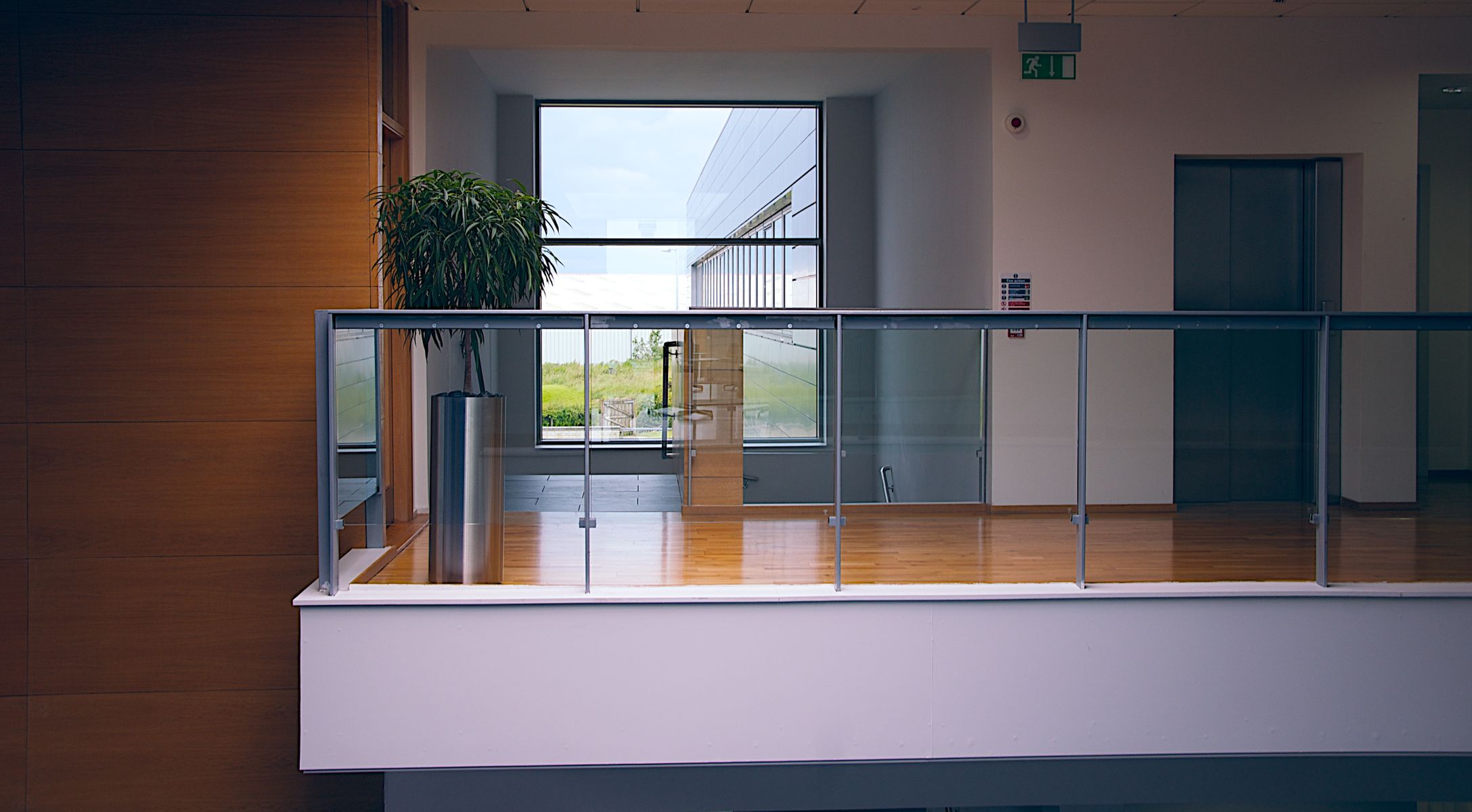As a result of COVID-19 the real estate rental market is going through a period of change. This means that some landlords are asking what they can claim, and how much, in instances where the property is vacant.
A requirement set by the Australian Taxation Office (ATO) called ‘genuinely available for rent’ means that there is a way for landlords to claim deductions while searching for tenants.
What does genuinely available for rent mean?
The genuinely available for rent classification is set by the ATO. When met, landlords can continue to claim deductions, such as depreciation, in the same way as when the property is leased.
There are several criteria that a rental property must meet to be classed as genuinely available for rent, as follows:
- The owner must be able to show a clear intention to rent the property
- The property must be advertised so that someone is likely to rent it and set the rent in line with similar properties in the area
- The owner must avoid unreasonable rental conditions
Can landlords claim all expenses when a property isn’t leased but is genuinely available?
Yes, everything from interest repayments to council rates and property depreciation can be claimed while the property is genuinely available for rent. There is no pro-rata calculation as deductions work as usual.
Depreciation is the highest non-cash deduction available
Property depreciation is the natural wear and tear of a building and its assets over time. Your landlord clients can claim this depreciation as a tax deduction when their property is rented, or genuinely available for rent.
One of the biggest benefits of depreciation is that it’s a non-cash deduction. This means that a landlord doesn’t need to spend any money in order to claim it. Even the tax depreciation schedule fee is 100 per cent tax deductible.
To learn more about depreciation and the additional services that BMT offer, contact BMT on 1300 728 726.





